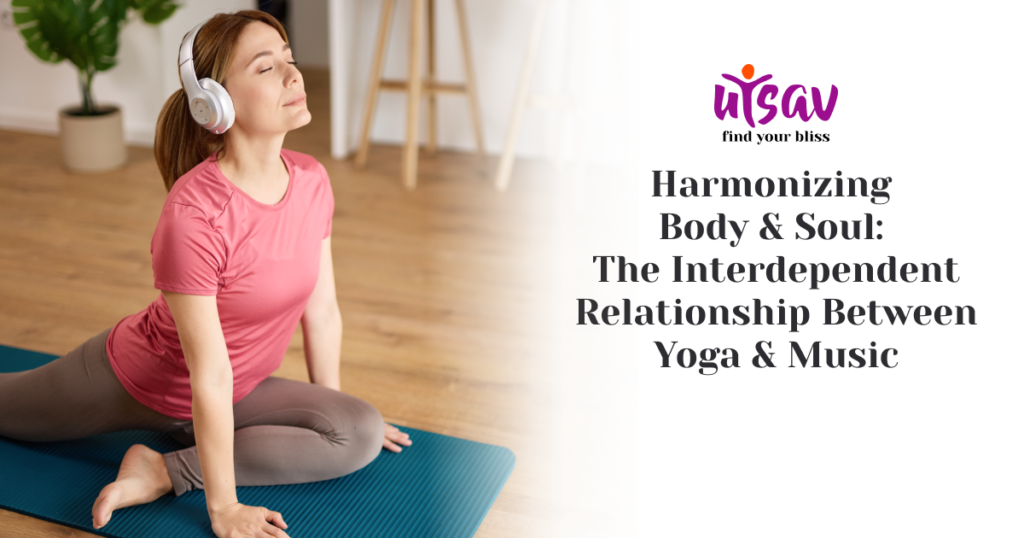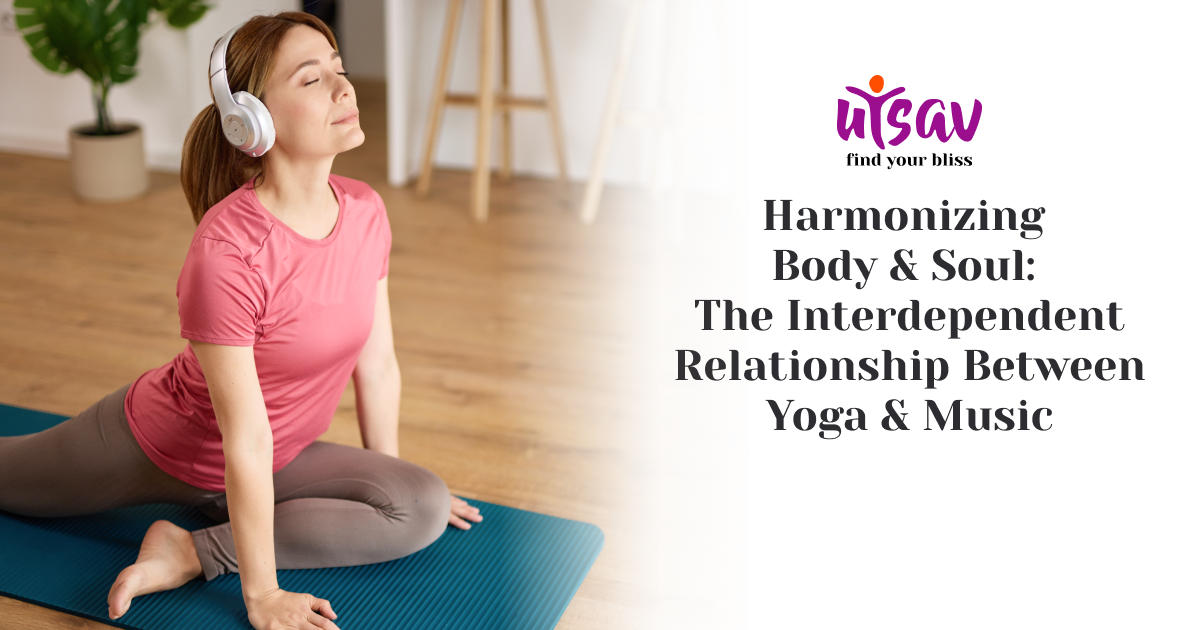
Achieving physical wellness is a dynamic journey that involves nurturing the body, mind, and spirit through balanced lifestyle choices and mindful practices. It encompasses various elements such as fitness, nutrition, rest, and proactive health management, each playing a crucial role in enhancing overall well-being. By embarking on this journey with purpose and commitment, individuals can cultivate resilience, vitality, and a sustainable foundation for optimal health.
Embracing Fitness for Holistic Health

Fitness serves as a cornerstone of physical wellness, encompassing strength, endurance, flexibility, and cardiovascular health. Engaging in regular physical activity not only strengthens muscles and bones but also improves cardiovascular function and mental clarity. Incorporating diverse exercises—such as strength training, aerobic activities, yoga, and flexibility routines—promotes comprehensive fitness development and supports long-term physical health.
- Strength and Endurance: Strength training exercises—such as weightlifting, resistance bands, or bodyweight exercises—build muscle mass, enhance bone density, and boost metabolic function. Strong muscles contribute to overall physical strength, stability, and functional mobility.
- Cardiovascular Health: Activities like running, cycling, swimming, or brisk walking improve heart health, increase lung capacity, and enhance endurance. These exercises elevate heart rate, promote circulation, and deliver oxygen-rich blood throughout the body, supporting cardiovascular fitness and overall vitality.
- Flexibility and Balance: Flexibility exercises—such as yoga, Pilates, or stretching routines—enhance joint mobility, improve muscle elasticity, and reduce the risk of injuries. Balance exercises strengthen core muscles, improve coordination, and support stability, promoting overall physical agility and reducing falls.
Fueling Wellness through Nutrition
Nutrition plays a pivotal role in supporting physical wellness by providing essential nutrients that fuel bodily functions, promote energy production, and support immune health. A balanced diet rich in fruits, vegetables, whole grains, lean proteins, and healthy fats supplies vitamins, minerals, antioxidants, and dietary fiber necessary for optimal well-being. Adequate hydration—through regular water intake—supports digestion, regulates body temperature, and enhances exercise performance and recovery.
Prioritizing Rest and Recovery
Rest and recovery are vital components of physical wellness that facilitate muscle repair, replenish energy stores, and promote overall health. Quality sleep—typically 7-9 hours per night—supports physical recovery, cognitive function, and emotional well-being. Rest days between workouts allow muscles to recuperate and prevent overuse injuries, supporting long-term physical resilience and performance.
Mindfulness and Stress Management
Integrating mindfulness practices—such as meditation, deep breathing exercises, or tai chi—promotes relaxation, reduces stress levels, and enhances emotional well-being. Mindfulness fosters awareness of the present moment, improves mental clarity, and cultivates resilience in managing life’s challenges. Stress management techniques—such as prioritizing self-care, setting boundaries, and seeking social support—support overall well-being and contribute to a balanced lifestyle.
Proactive Health Management
Proactive health management involves regular health screenings, vaccinations, and preventive care to monitor and maintain overall health. Monitoring key health indicators—such as blood pressure, cholesterol levels, and body weight—supports early detection of health issues and facilitates timely intervention. Adopting safe behaviors, maintaining proper hygiene, and staying informed about health guidelines further promote well-being and longevity.
Embracing a Balanced Lifestyle
Achieving physical wellness requires embracing a balanced lifestyle that integrates fitness, nutrition, rest, mindfulness, and proactive health management into daily routines. Setting achievable goals, prioritizing self-care practices, and seeking support from healthcare professionals or wellness experts empower individuals to take charge of their health and well-being. By cultivating healthy habits and making informed choices, individuals optimize their physical vitality, mental clarity, and emotional resilience, thereby enhancing their overall quality of life.
Conclusion
Health in motion is a journey towards physical wellness—a dynamic process of nurturing the body, mind, and spirit through holistic lifestyle choices and mindful practices. By embracing fitness, nutrition, rest, mindfulness, and proactive health management, individuals cultivate resilience, vitality, and a sustainable foundation for optimal health. This journey empowers individuals to thrive, pursue their passions, and experience life to its fullest potential. As we embark on the path to physical wellness, we nurture our well-being, enhance our quality of life, and create a legacy of health and vitality for ourselves and future generations.
